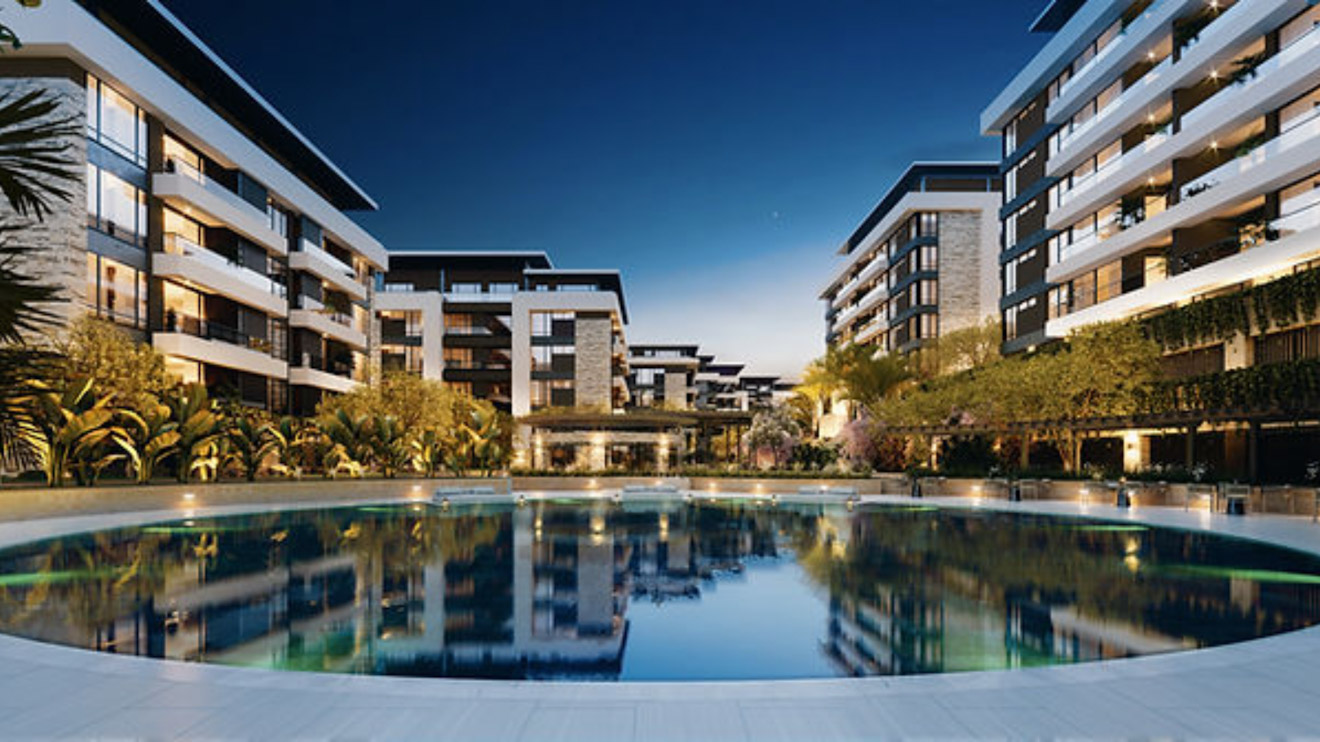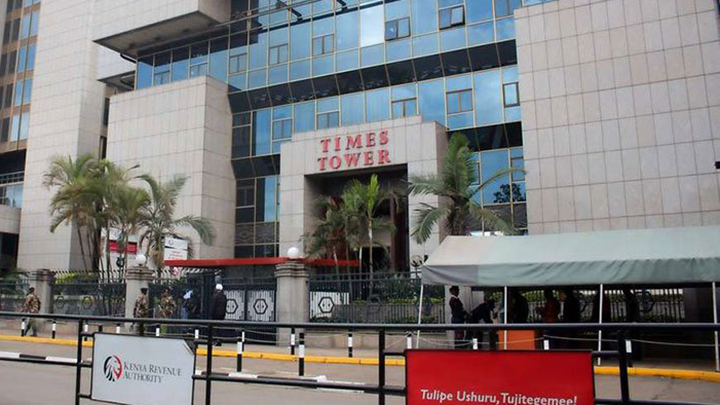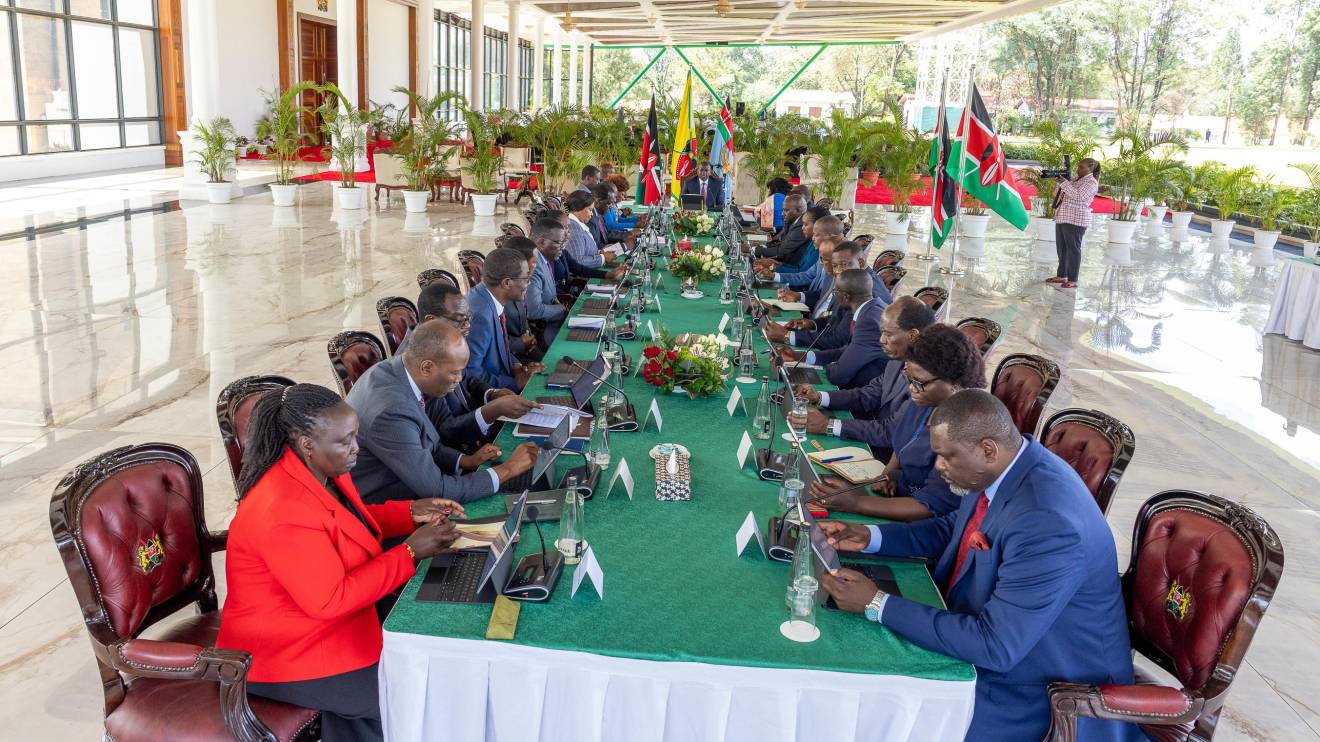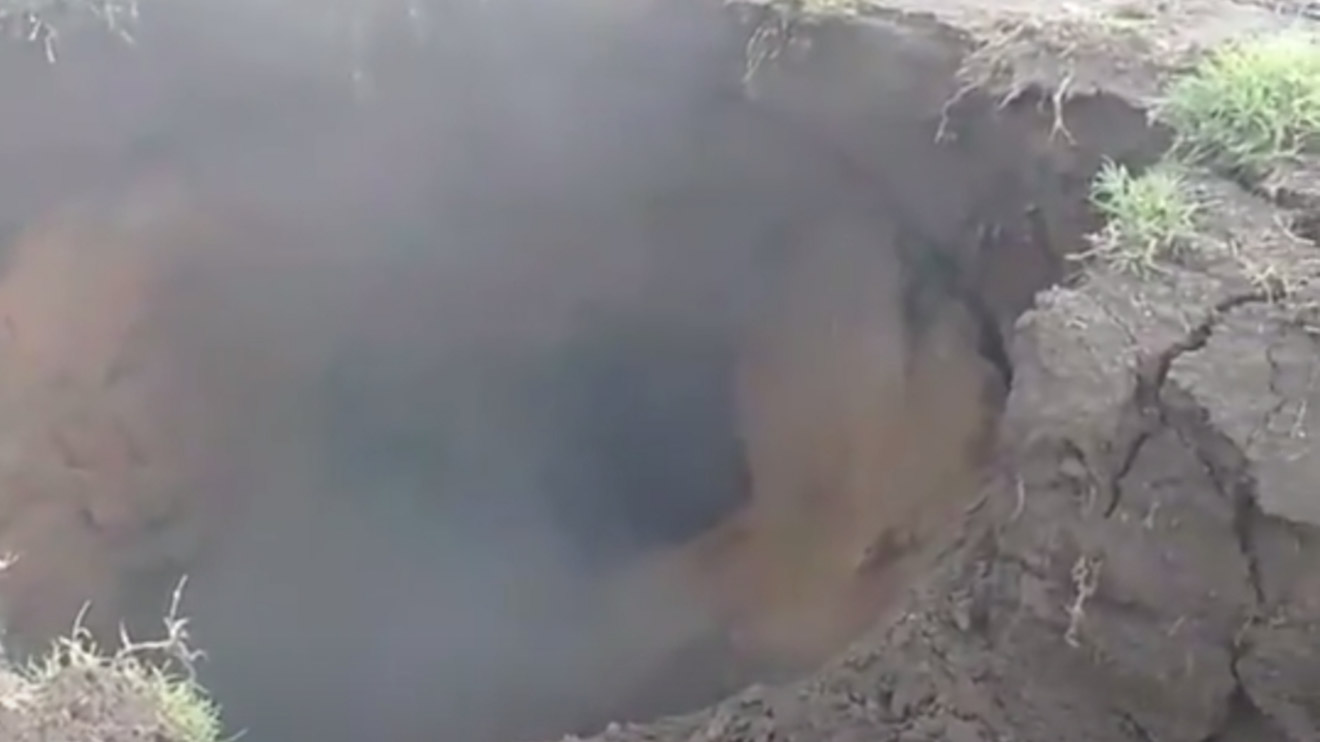Nairobi’s satellite towns are now the star performers of Kenya’s real estate scene, showing the strongest property price growth in more than two years, according to HassConsult’s latest Hass Property Price Indices for the first quarter of 2025.
Overall property prices rose by 2.45 per cent between January and March—up from 0.8 per cent in the previous quarter.
However, it’s the satellite towns that stole the show, with Juja and Limuru recording gains of 4.2 and 4.0 per cent respectively, as all ten towns surveyed posted positive growth.
“The overall price rebound was mainly driven by higher asking prices on property in Nairobi's satellite towns, which led to growth of 2.4 per cent,” Sakina Hassanali, Co-CEO & Creative Director at HassConsult stated.
She noted the shift in buyer preference: “The improvement of infrastructure and amenities has given satellite towns the convenience that was previously the preserve of suburbs, but at a lower average price point of Sh14.46 million per unit compared to Sh32.46 million in the suburbs, putting them within reach of a larger buyer pool.”
Read More
In contrast, property prices in Nairobi’s suburbs fell for the fifth consecutive quarter—down 0.4 per cent.
Rents mirrored this trend. While rental prices across all properties rose modestly by 0.3 per cent, satellite towns pulled ahead with a 1.9 per cent increase.
Ruiru, Ngong, and Limuru led rental gains, up 5.3, 5.1, and 4.9 per cent respectively.
Suburbs, on the other hand, saw rents drop by 0.8 per cent—the first fall in two years—dragged down by steep declines in Muthaiga (–4.9 per cent), Nyari (–4.7 per cent), and Kilimani (–4.6 per cent).
The drop is partly attributed to a shrinking high-end tenant base following mass layoffs linked to the suspension of USAID funding in Kenya.
Global economic jitters aren’t helping matters either.
HassConsult pointed to falling confidence abroad: “The US commercial real estate sentiment dropped by 30.5 per cent in Q1 2025,” while Australia saw an 18 per cent rise in investment lending due to rate cut expectations.
On the land front, Nairobi’s satellite towns continued to outperform.
Prices rose by 2.4 per cent in Q1, up from 1.9 per cent in the previous quarter. Kiserian led with a 5.0 per cent increase, with land still relatively affordable at Sh12.6 million per acre.
“Price affordability was a factor in the performance of the various satellite towns in land price movement in the quarter, showing rising sensitivity among buyers amid tougher economic conditions as towns with a more affordable price entry point outperformed nearby areas with costlier land,” Hassanali explained.
Juja and Thika also outpaced higher-priced areas like Ruiru (Sh36.6 million per acre), registering stronger growth despite lower land values—Juja at Sh24.2 million and Thika at Sh30.2 million per acre.
Ruaka was the only satellite town to record a price drop, down 0.1 per cent, though it remains the most expensive at Sh111.1 million per acre.
Within Nairobi’s suburbs, land price growth held steady at 1.7 per cent.
Spring Valley led at 3.7 per cent, followed by Karen and Upperhill at 2.9 per cent each.
Gigiri and Kileleshwa both saw 2.8 per cent gains.
“Although suburbs that have potential for multi dweller units remain in good demand and are therefore recording healthy price growth, some of the zones with limits on such developments such as Karen and Gigiri are also reporting improved prices,” Hassanali added.
Meanwhile, Parklands—previously a hotspot for developers—saw its pace slow to 1.1 per cent from 3.4 per cent, suggesting growing caution around apartment oversupply.
As city dwellers reassess value and lifestyle, the tide appears to be turning. Nairobi’s satellite towns, once seen as fringe, are now firmly in focus.





-1729145378.jpg)

